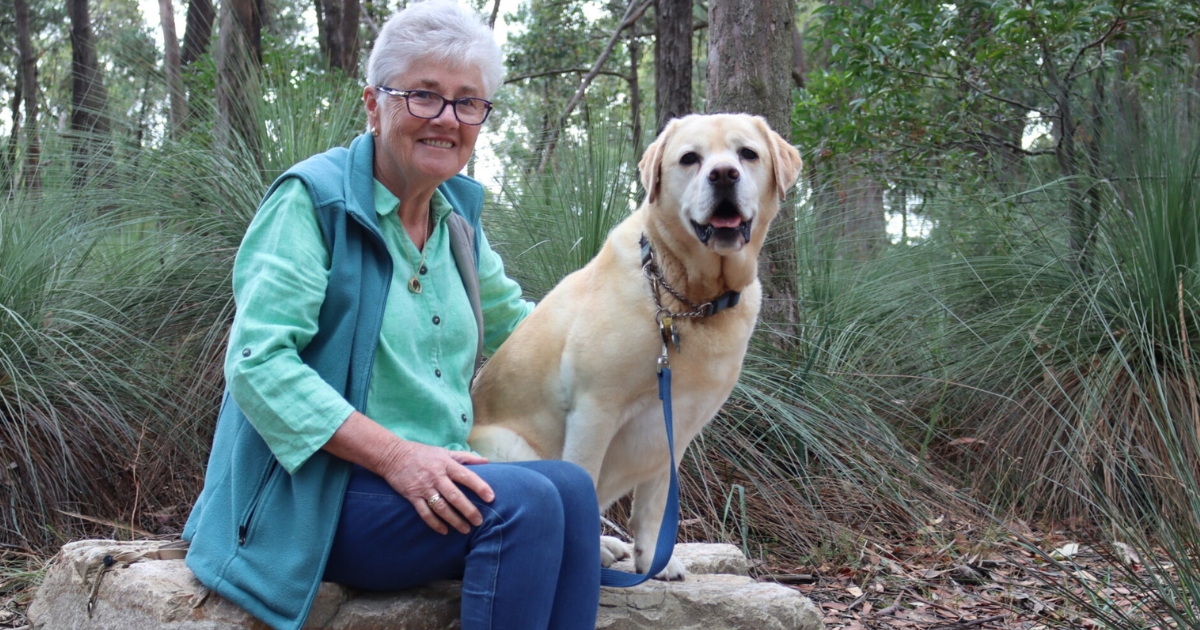Room to improve region’s tourism
IN June of 2019, funding to the region’s peek tourism body, then known as Made of Ballarat, was cut by the City of Ballarat and the job of marketing the area was taken over by the municipality.
But more than three years later, has the controversial move worked out?
According to a report from Tourism Research Australia, in the 12 months to September 2022, money spent by visitors in Ballarat equated to 111 per cent of the outside cash which came into the region in 2019.
The number of visitors staying overnight at local accommodation venues in that same year was down 14 per cent on figures from three years earlier, pre-pandemic.
A statement from the City of Ballarat acknowledged the last two quarters of overnight stay data has placed the region’s recovery behind Bendigo and Geelong.
“Ballarat hosted 725,000 domestic overnight visitors, while Bendigo hosted 928,000 and the City of Greater Geelong 1.354 million,” the statement said.
“The statistics from the National Visitor Survey also showed domestic day trip visitors to Ballarat totalled 1.589 million in comparison to Bendigo with 1.912 million and the City of Greater Geelong with 3.090 million.”
Australian visitors to Ballarat spend $265 on average during their trip, while about $227 is spent in Bendigo, and $243 in Geelong and the Bellarine Peninsula.
City of Ballarat mayor Cr Des Hudson said the municipality has aimed to bring visitors to the region and support businesses contributing to the liveability of the area since what became Visit Ballarat returned to town hall, but in an era impacted by COVID-19, this has been more difficult than expected.
“The last three years have presented several challenges,” he said. “No one could have predicted a global pandemic and the obstacles this continues to generate.
“In the year ending September 2022, we still attracted 2.3 million visitors to Ballarat, delivering $610 million into the Ballarat economy.
“The people we’re attracting to Ballarat are spending more money while they are here, an important factor when we look at long-term sustainable growth for the region.
“Essentially, we need to continue to attract those that will stay longer and spend more money.
“As the tourism workforce continues to recover from the pandemic, our focus will now be ensuring the recent spikes in tourism develop into long-term visitation and expenditure increases.”
Sarah Myers, the CEO of not-for-profit advocacy organisation Ballarat Regional Tourism, the spiritual successor of Made of Ballarat, said it was positive to see visitor spend top the 2019 figures, but with the pressures of inflation and rising business operation costs, meaningful flow-on to traders is unlikely.
“Ballarat visitor numbers are still well down on 2019 figures, including daytrips and the important overnight stays, and we are seeing other regions such as Geelong and Bendigo recover much faster,” she said.
“This is a concerning trend, and we as a tourism community need to work together to address the issues that are making it difficult to win greater market share.
“We need to ensure that we have the right tourism structure, resources, and plans in place to deliver a return to the positive growth trajectory Ballarat as a destination was experiencing pre-pandemic”.
Cr Hudson agreed there is room to improve, and said visitor economy, marketing and events strategies are being reviewed.
In the Know, a new website from the City of Ballarat marketing department, is launching later in January, and Art Gallery of Ballarat and Ballarat International Foto Biennale programs are expected to draw big crowds this year.
“There is much to be positive about in 2023, including structural changes to the management of tourism in our broader region,” Ms Myers said.
“BRT are currently participating in a co-design process with State and local governments, with BRT advocating for a more transparent, nimble, and entrepreneurial organisation that can embed our region as a leading regional tourism destination in Victoria with a resilient and thriving visitor economy.”
For Ms Myers, all Ballarat people have a role to play in strengthening tourism figures for the broader region.
“We can invite our friends and relatives to visit and enjoy all that our region has on offer, and support our local businesses,” she said.



















